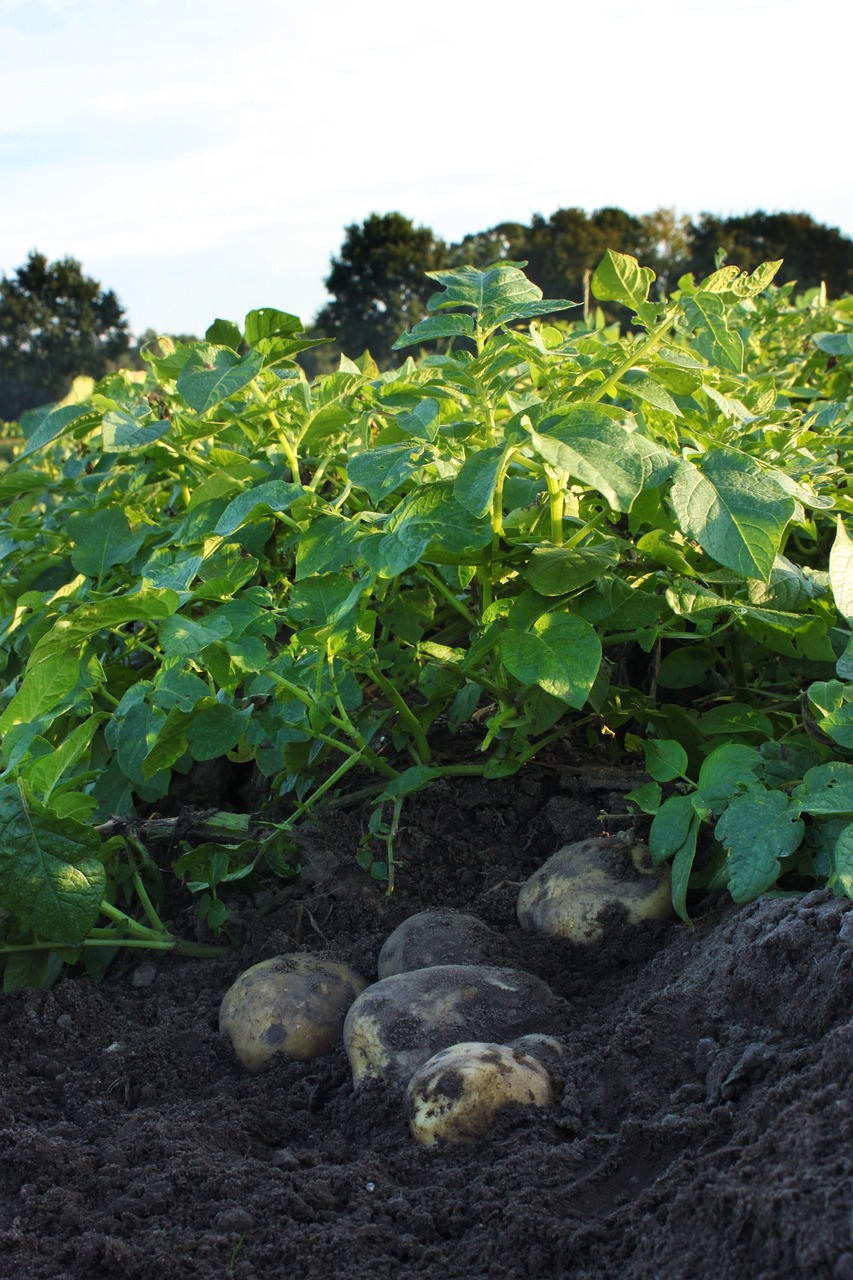
If you’ve ever wondered about the perfect time to start growing potatoes, you’re in the right place. In this comprehensive guide, we will delve into the secrets of timing and provide you with valuable insights to ensure a successful potato harvest. From understanding the ideal planting season to considering weather conditions and selecting the right potato varieties, we’ll equip you with the knowledge to achieve potato-ing success. So, let’s dig in and discover when to start growing potatoes!
Understanding the Potato’s Preference Party
Unlike the social butterfly who thrives at any gathering, potatoes have specific temperature preferences. They dislike extremes, shying away from the scorching heat of summer and the bone-chilling grip of winter. Their ideal party venue lies somewhere in the cool to mild temperature range, typically between 40°F (4°C) and 70°F (21°C).
However, potato varieties can be categorized as early season, mid-season, and late season, each with their own preferred planting window within the ideal temperature range. Knowing your potato variety is crucial, as planting at the wrong time can lead to stunted growth or even crop failure.
Planting Like a Pro: A Seasonal Guide
Now that you understand the general temperature preference, let’s delve into the specifics based on your season:
1. Spring Planting:
Spring beckons with its promise of new beginnings, and for many regions, it’s the perfect time to get your potato party started. However, exercise caution if you experience late spring frosts. Aim to plant 2-4 weeks before the last average frost date in your area.
Early Season Potatoes: These varieties thrive in cooler soil and can be planted as soon as the soil temperature reaches 40°F (4°C). Popular early-season choices include Norland, Red Pontiac, and Irish Cobbler.
Mid-Season Potatoes: Wait for the soil to warm up a bit more, ideally reaching 45°F (7°C), before planting mid-season varieties. Some favorites include Katahdin, Kennebec, and Atlantic.
2. Summer Planting:
For regions with mild summers and long growing seasons, summer planting can be an option. However, be prepared to provide consistent moisture through frequent watering and mulching, as potatoes dislike the heat and dryness.
Mid-Season to Late Season Potatoes: In these conditions, consider planting mid-season or even late-season varieties that are better suited to warmer soil temperatures, around 50°F (10°C). Yukon Gold, Russet Burbank, and Carola are popular choices.
3. Fall Planting:
For warm climates with mild winters, fall planting can be a success story. Plant 4-6 weeks before the first average frost date in your area, ensuring the potatoes have enough time to mature before the soil freezes.
Late Season Potatoes: Opt for late-season varieties like Chieftain, French Fingerling, and Purple Majesty, which are more tolerant of cooler soil temperatures.
Beyond the Basics: Additional Tips for Potato-ing Success
1. Seed Selection:
Use certified seed potatoes, not grocery store potatoes, to avoid introducing diseases to your garden.
2. Soil Preparation:
Loosen the soil to a depth of 8-10 inches, ensuring good drainage. Amend the soil with compost or aged manure for added nutrients.
3. Planting Process:
Cut seed potatoes into pieces, each with at least one “eye” (sprout point). Plant these pieces cut-side down, with the “eyes” facing upwards, and spaced according to the specific variety’s recommendations.
4. Hilling Up:
As your potato plants grow, gradually mound soil around the base of the stems, a process called “hilling up.” This encourages the formation of more potatoes and helps protect them from sunlight, preventing them from turning green.
5. Harvesting:
Once the foliage starts to die back and turn yellow, it’s harvest time! Carefully dig up the soil around the base of the plant and gently remove the potatoes.
Frequently Asked Questions (FAQ)
Can I start growing potatoes at any time of the year?
No, potatoes have specific planting windows based on factors such as climate and soil temperature. It’s essential to plant them during the appropriate season to ensure optimal growth and yield.
How do I know when the soil is ready for planting potatoes?
You can perform a simple soil test to check if the soil is ready. Squeeze a handful of soil—if it crumbles easily, it’s likely workable. Avoid planting in excessively wet or compacted soil.
What is chitting or sprouting, and should I do it?
Chitting or sprouting refers to the process of encouraging seed potatoes to produce small sprouts before planting. It can help accelerate growth and give your potato plants a head start. However, chitting is optional and not mandatory for successful potato cultivation.
